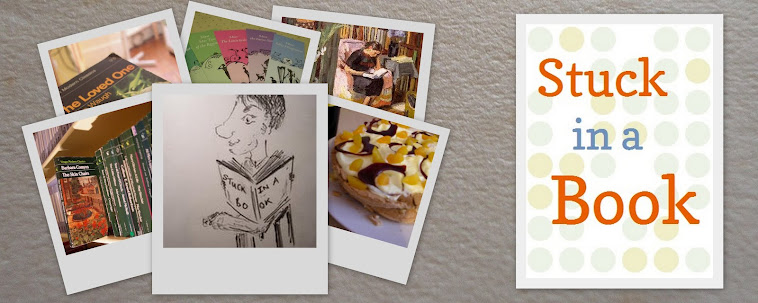 The Pursuit of Love by Nancy Mitford was deemed too well known to make the list, and its renown is well deserved. Narrated by Fanny, this comic novel documents the exploits of the, erm, something-family. I can't remember their names... will give some blog reader a chance to look well-read(!) Linda's love adventures form the central focus, and as she dashes around Europe, making unsuitable matches, the reader is enthralled and amused in equal amounts. Uncle Wotsit is a brilliant creation, though a loathsome man, and if the novel is stuffed with upper-class references no longer relevant, Mitford at least shows that they're on the way out, and treats them with fondness. The family might seem hyperbolically strange... if it weren't for the strangeness of Mitford's own family.
The Pursuit of Love by Nancy Mitford was deemed too well known to make the list, and its renown is well deserved. Narrated by Fanny, this comic novel documents the exploits of the, erm, something-family. I can't remember their names... will give some blog reader a chance to look well-read(!) Linda's love adventures form the central focus, and as she dashes around Europe, making unsuitable matches, the reader is enthralled and amused in equal amounts. Uncle Wotsit is a brilliant creation, though a loathsome man, and if the novel is stuffed with upper-class references no longer relevant, Mitford at least shows that they're on the way out, and treats them with fondness. The family might seem hyperbolically strange... if it weren't for the strangeness of Mitford's own family.And Elizabeth Myers' A Well Full Of Leaves doesn't make the '50 Books You Must Read But May Not Have Heard About' because any life could be lived quite contentedly without reading a page of this novel. Shame. Myers' letters were my favourite read last year, but my chief impression of this novel, published in 1942, is that it could have done with some heavy editing. Almost everything that anyone says is accompanied by an exclamation mark, however mundane, and the whole novel is
 simply too earnest for me, especially coming straight after Monica Dickens. Nothing wrong with earnestness, per se, but not to this extent.
simply too earnest for me, especially coming straight after Monica Dickens. Nothing wrong with earnestness, per se, but not to this extent.The narrator is quite like Fanny in Mitford's novel, inasmuch as she alone is left unaffected by a whirlwind of melodrama - in A Well Full Of Leaves, the effects of a loveless mother are seen on a family of working class children. Before her time, perhaps, since Waterstones now seems to sell little other than 'Tragic Life Stories'. I can see why people write these things, cathartic and so forth (though Myers makes no pretence that hers is based on fact), but why on earth do people want to read them?














































